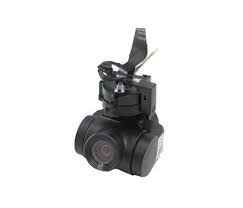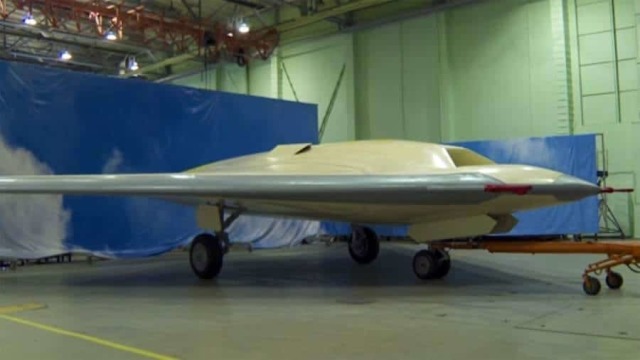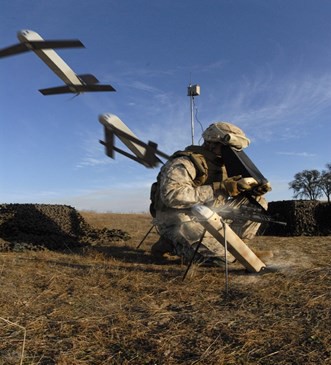
The DJI Matrice300RTK drone was a major breakthrough for emergency personnel. Thanks to powerful surveillance software, rescue workers were able locate survivors with greater accuracy and lower risk of human error. This article will explain the drone's features, its operation, and its battery options. Here are some of its most commonly used functions. Learn how this camera can help you maximize your aerial surveillance efforts.
dji matrice 300 features
The DJI Matrice 300 RTK offers a high level of operational flexibility and extended range of control. Dual controllers allow for control transfer between two operators. A new Primary flight display integrates flight, navigation and obstacles information. The display provides a wide range information including speed, aircraft attitude, velocity, and wind speed. This makes the display a great choice for many industries.
Configurations of the payload for gimbal cameras
DJI Matrice 300 RTK offers many different payload configurations, including single downward gimbal, dual upward gimbals, and triple gimbal camera payload configurations. DJI Matrice 300 RTK is compatible with 65,535 Waypoints. These allow you to create flight paths and record your missions. The DJI Matrice 300 RTK is compatible with DJI's Smart Controller Enterprise. It can carry 6 lbs of payload and supports multiple camera payloads simultaneously.

Ingress protection rating
The DJI Matrice 300RTK is IP45 protected. This means it can withstand a drop in water of up 6.3 millimeters (0.24inches) and dust, particle, and wind speeds up 33.5 miles per hour. Redundancies allow the user to fly even if certain components or systems fail.
Options for battery storage
You may be interested in the BS60 intelligent battery station if you need to charge multiple batteries for your DJI Matrice300. The BS60 Intelligent Battery Station is a hard-case wheeled transporter that can charge 8 TB60 batteries simultaneously. Once the first pair has been charged, it will automatically start charging the second pair. If you plan to use the Matrice 300 with a remote controller, you should consider purchasing dual batteries. You can easily pair both batteries via the DJI App.
Training that is custom-tailored
No matter what your DJI Matrice 300 is used for, a custom-tailored training program will enable you to make the most of it. Its x18 videos will provide you with a complete understanding of how to operate the drone, including walk-throughs of the advanced features and functions. This course has more than six hours of video content.

FAQ
What is the law on drones flying over private property?
Recently, the FAA released new rules for commercial drone operations. These rules apply only to UAVs weighing less than 55 pounds and flying below 400 feet above ground level. Commercial operators need to register with the FAA in order to obtain a license. They must also obtain permission from local authorities if they plan to operate in restricted areas, such as airports.
Is it safe for a driver to fly a drone?
Drone flying at high speed is dangerous. You may also run into pedestrians and other animals. You could also damage your car if you hit power lines, trees, or other buildings.
Which US states make drones legal?
Legally, you can operate a drone to perform hobby tasks. The Federal Aviation Administration (FAA), established guidelines that allow individuals to fly small unmanned aircraft systems. These UASs must be registered with the FAA before they can be flown. The FAA also allows commercial operators to fly these devices if certain conditions are met.
What are the laws regarding flying drones
The Federal Aviation Administration (FAA), oversees all aspects of drone operation in the United States. To operate a drone commercially, you must first get a certificate from the FAA. You must then complete a course on piloting skills and pass an examination. The agency will require you to pay a fee.
Where Are Drones Banned?
The FAA bans drones flying in restricted areas such as airports, stadiums or sporting events, nuclear power stations, hospitals, prisons, and other sensitive areas. However, they allow them to fly nightly using GPS technology.
Is drone regulation regulated by the FAA
The FAA supervises all aspects related to drone operations, including certification requirements and safety standards.
Do I need to be able to fly a drone without special training?
You don't require any special training to fly your drone. You will only need a remote control unit, and some knowledge about flight mechanics.
Statistics
- According to industry research from ZipRecruiter , there are 10 cities where the typical salary for a Drone Pilot job is above the national average. (dronesgator.com)
- Research and Markets predict a growth rate of 51.1% over the next five years. (thedroneu.com)
- According to Indeed, a drone pilot gets paid $25.73 per hour on average in the US. (dronesgator.com)
External Links
How To
How to Fly Drones at a Beginning Level
A drone is an unmanned aerial vehicle that can be remotely controlled and used for surveillance, aerial photography, film production, research, and other hobby purposes. Drone technology has existed since World War II. However, commercial use began in 2010 when DJI released their Phantom series of quadcopters. There have been many types of drones since then, including beginner-friendly drones like the Parrot AR Drone 2.0 and professional-grade multi-rotor crafts like the DJI Mavic Pro.
There are many ways to fly a drone.
-
Remote control – This is when you attach a device to your hand that allows you to control the drone's flight path. There are two main types of controllers: On/Off switches (like a radio) and joysticks.
-
Manual Control- This allows you to control your drone remotely via GPS coordinates. The app will give you instructions.
-
Autonomous flight - The drone takes over the piloting duties. The drone is able to fly autonomously, without the need for human intervention. A drone must have a builtin camera and sensors capable to capture images and other data.
-
Triggered Flight: This is similar in concept to manual control. The pilot manually creates a route and the drone then follows it until it reaches that endpoint. Once the programmed route is completed, the drone lands automatically and returns back to the base.
-
Landing Gear: Some drones have landing gear that allows them safely to land in case they lose power or run low on battery.
-
Goggles – Pilots often wear goggles while flying to keep themselves safe from any debris.
-
Camera - You can capture photos and videos with your drone from the air.
-
Obstacles – Some drones have obstacle avoidance systems that stop them from colliding with obstacles.
-
Speed - Some drones reach speeds exceeding 40 mph.
-
Battery Life - Most drones can last between 20 minutes to 3 hours, depending on how much power you're using.
-
Some drones have a range of up to 30 miles, depending on their model.
-
Power source – Some drones require external power sources, others require internal batteries.
-
Weight - Some drones are lighter than others, while some models can weigh as much as 4 pounds.
-
Size - Drones can range in size from tiny devices that can fit in your palm to heavy crafts that weigh 50 pounds.
-
Price - From high-end models that cost thousands of dollars to low-cost options that start at $100, all drones fall under a certain price category.